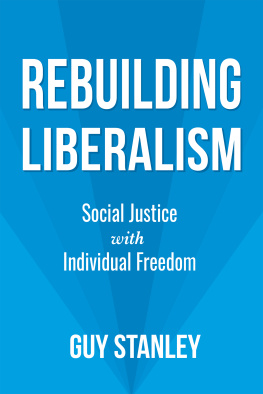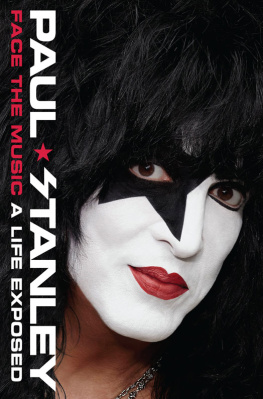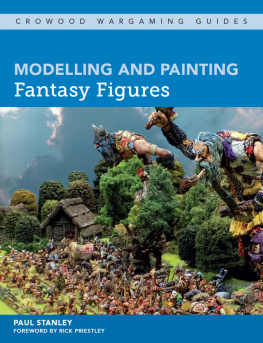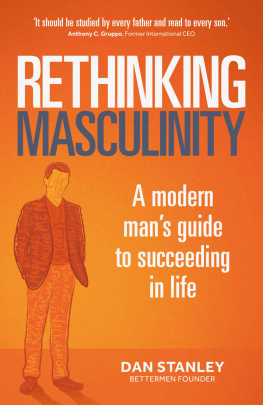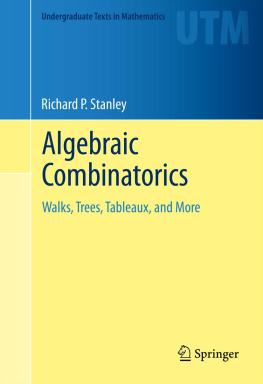The Project Gutenberg EBook of Youth: Its Education, Regimen, and Hygiene, byG. Stanley Hall
This eBook is for the use of anyone anywhere at no cost and withalmost no restrictions whatsoever. You may copy it, give it away orre-use it under the terms of the Project Gutenberg License includedwith this eBook or online at www.gutenberg.org
Title: Youth: Its Education, Regimen, and Hygiene
Author: G. Stanley Hall
Posting Date: October 18, 2012 [EBook #9173]Release Date: October, 2005First Posted: September 10, 2003
Language: English
*** START OF THIS PROJECT GUTENBERG EBOOK YOUTH, ITS EDUCATION, REGIMEN, HYGIENE ***
Produced by Stan Goodman, Shawn Wheeler and Distributed Proofreaders
YOUTH
ITS EDUCATION, REGIMEN, AND HYGIENE
BY
G. STANLEY HALL, Ph.D., LL.D.
President of Clark University and
Professor of Psychology
And Pedagogy
PREFACE
I have often been asked to select and epitomize the practical andespecially the pedagogical conclusions of my large volumes onAdolescence, published in 1904, in such form that they may beavailable at a minimum cost to parents, teachers, reading circles,normal schools, and college classes, by whom even the larger volumeshave been often used. This, with the coperation of the publishers andwith the valuable aid of Superintendent C.N. Kendall of Indianapolis,I have tried to do, following in the main the original text, with onlysuch minor changes and additions as were necessary to bring the topicsup to date, and adding a new chapter on moral and religions education.For the scientific justification of my educational conclusions I must,of course, refer to the larger volumes. The last chapter is not in"Adolescence," but is revised from a paper printed elsewhere. I amindebted to Dr. Theodore L. Smith of Clark University for verificationof all references, proof-reading, and many minor changes.
G. STANLEY HALL.
CONTENTS
I.PRE-ADOLESCENCE
Introduction: Characterization of the age from eight to twelveTheera of recapitulating the stages of primitive human developmentLifeclose to natureThe age also for drill, habituation, memory work, andregerminationAdolescence superposed upon this stage of life, butvery distinct from it
II.THE MUSCLES AND MOTOR POWERS IN GENERAL
Muscles as organs of the will, of character, and even of thoughtThemuscular virtuesFundamental and accessory muscles and functionsThedevelopment of the mind and of the upright positionSmall muscles asorgans of thoughtSchool lays too much stress upon theseChoreaVastnumbers of automatic movements in childrenGreat variety ofspontaneous activitiesPoise, control, and spurtinessPen and tonguewaggingSedentary school life vs. free out-of-door activitiesModerndecay of muscles, especially in girlsPlasticity of motor habits atpuberty
III.INDUSTRIAL EDUCATION.
Trade classes and schools, their importance in the internationalmarketOur dangers and the superiority of German workmenThe effectsof a tariffDescription of schools between the kindergarten and theindustrial schoolEqual salaries for teachers in FranceDangers frommachineryThe advantages of life on the old New England farmItsresemblance to the education we now give negroes and IndiansItsadvantage for all-sided muscular development
IV.MANUAL TRAINING AND SLOYD.
History of the movementIts philosophyThe value of hand training inthe development of the brain and its significance in the making ofmanA grammar of our many industries hardThe best we do can reachbut fewVery great defects in manual training methods which do notbase on science and make nothing salableThe Leipzig systemSloyd ishypermethodicThese crude peasant industries can never satisfyeducational needsThe gospel of work; William Morris and the arts andcrafts movementIts spirit desirableThe magic effects of a briefperiod of intense workThe natural development of the drawinginstinct in the child
V.GYMNASTICS
The story of Jahn and the TurnersThe enthusiasm which this movementgenerated in GermanyThe ideal of bringing out latent powersTheconcept of more perfect voluntary controlSwedish gymnasticsDoingeverything possible for the body as a machineLiberal physicalcultureLing's orthogenic scheme of economic postures and movementsand correcting defectsThe ideal of symmetry and prescribingexercises to bring the body to a standardLamentable lack ofcorrelation between these four systemsIllustrations of the greatgood that a systematic training can effectAthletic recordsGreekphysical training
VI.PLAY, SPORTS, AND GAMES
The view of Groos partial, and a better explanation of play proposedas rehearsing ancestral activitiesThe glory of Greek physicaltraining, its ideals and resultsThe first spontaneous movements ofinfancy as keys to the pastNecessity of developing basal powersbefore those that are later and peculiar to the individualPlays thatinterest due to their antiquityPlay with dollsPlay distinguishedby agePlay preferences of children and their reasonsThe profoundsignificance of rhythmThe value of dancing and also itssignificance, history, and the desirability of reintroducingitFightingBoxingWrestlingBushidoFoot-ballMilitaryidealsShowing offCold bathsHill climbingThe playgroundmovementThe psychology of playIts relation to work
VII.FAULTS, LIES, AND CRIMES.
Classification of children's faultsPeculiar childrenReal fault asdistinguished from interference with the teacher's easeTruancy, itsnature and effectsThe genesis of crimeThe lie, its classes andrelations to imaginationPredatory activitiesGangsCauses ofcrimeThe effects of stories of crimeTemibilityJuvenile crime andits treatment
VIII.BIOGRAPHIES OF YOUTH.
Knightly ideals and honorThirty adolescents fromShakespeareGoetheC.D. WarnerAldrichThe fugitive nature ofadolescent experienceExtravagance of autobiographiesStories thatattach to great namesSome typical crazesIllustrations from GeorgeEliot, Edison, Chatterton, Hawthorne, Whittier, Spencer, Huxley,Lyell, Byron, Heine, Napoleon, Darwin, Martineau, Agassiz, MadameRoland, Louisa Alcott, F.H. Burnett, Helen Keller, Marie Bashkirtseff,Mary MacLane, Ada Negri, De Quincey, Stuart Mill, Jefferies, andscores of others
IX.THE GROWTH OF SOCIAL IDEALS.
Change from childish to adult friendsInfluence of favoriteteachersWhat children wish or plan to do or beProperty and themoney senseSocial judgmentsThe only childFirst socialorganizationsStudent lifeAssociations for youth controlled byadults
X.INTELLECTUAL EDUCATION AND SCHOOL WORK.
The general change and plasticity at pubertyEnglish teachingCausesof its failure, (1) too much time to other languages, (2)subordination of literary content to form, (3) too early stress on eyeand hand instead of ear and mouth, (4) excessive use of concretewordsChildren's interest in wordsTheir favoritesSlangStorytellingAge of reading crazesWhat to readThe historicsenseGrowth of memory span
XI.THE EDUCATION OF GIRLS.
Equal opportunities of higher education now openBrings new dangersto womenIneradicable sex differences begin at puberty, when thesexes should and do divergeDifferent interestsSex tensionGirlsmore mature than boys at the same ageRadical psychic andphysiological differences between the sexesThe bachelor womenNeededreconstructionFoodSleepRegimenMannersReligionRegularityThe topics for a girls' curriculumThe eternally womanly
XII.MORAL AND RELIGIOUS TRAINING.
Dangers of muscular degeneration and overstimulus ofbrainDifficulties in teaching moralsMethods in EuropeObedienceto commandsGood habits should be mechanizedValue of scoldingHowto flog arightIts dangersMoral precepts andproverbsHabituationTraining will throughintellectExaminationsConcentrationOriginalityFroebel and thenaiveFirst ideas of GodConscienceImportance of Old and NewTestamentsSex dangersLove and religionConversion
Next page

